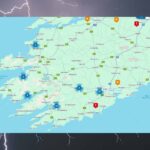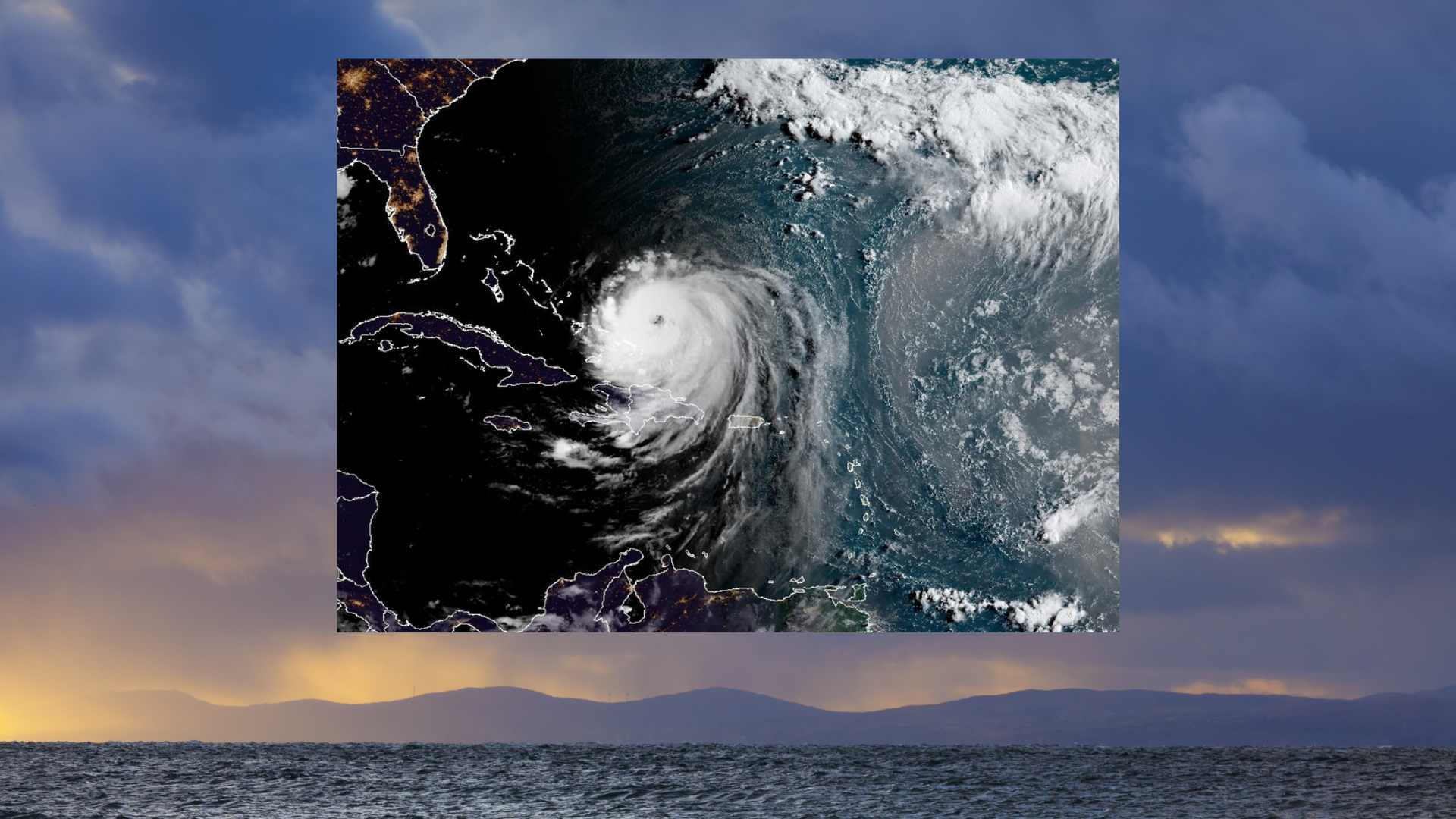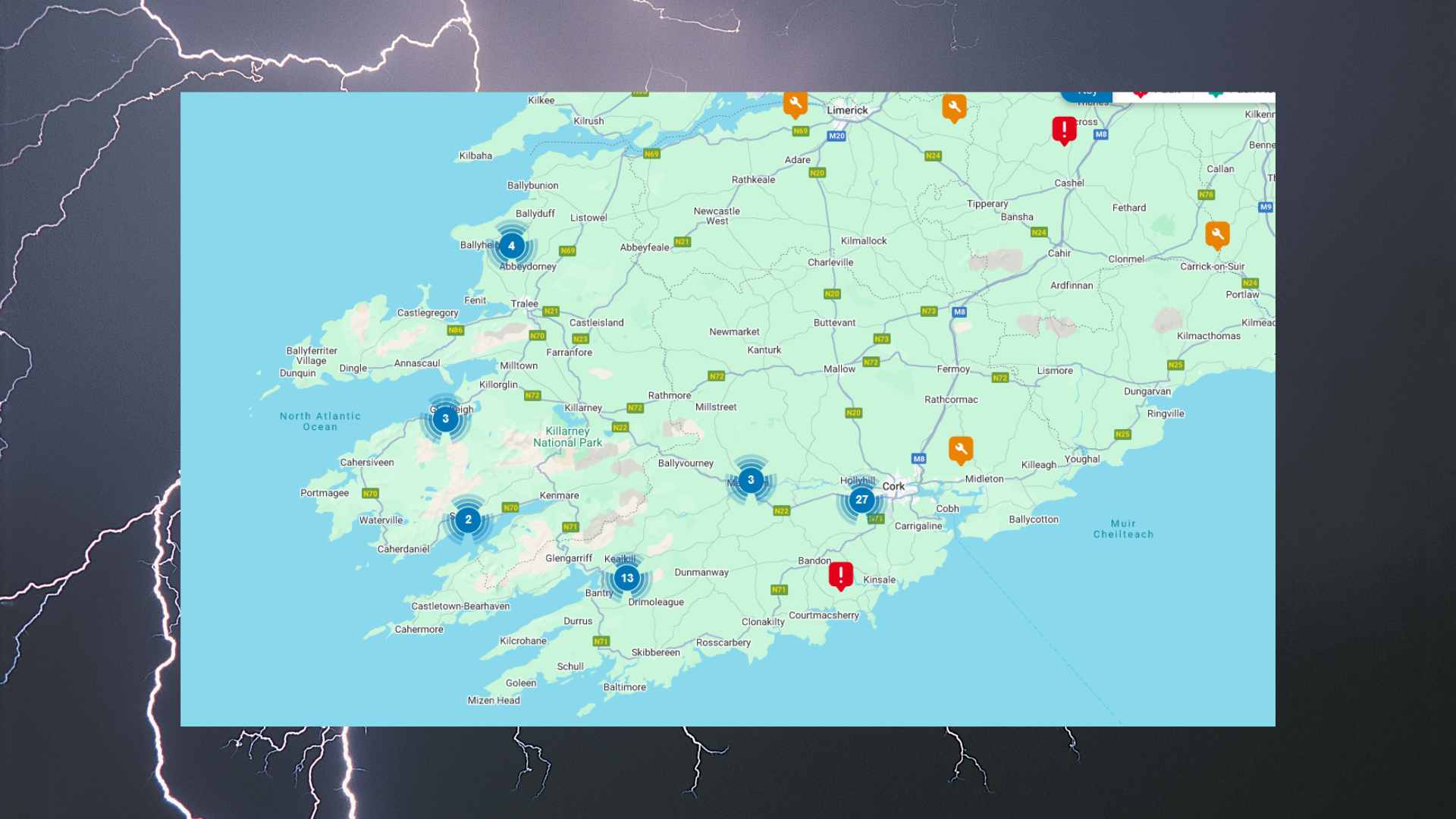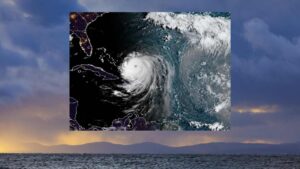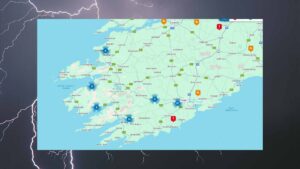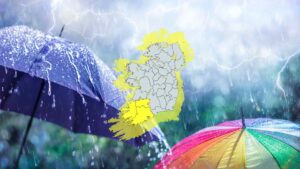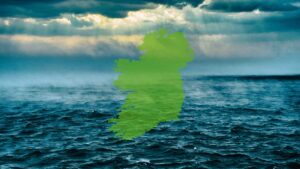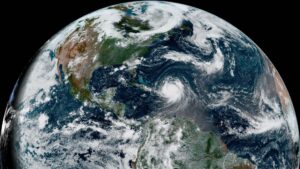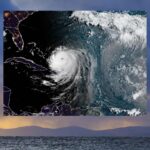
Study Questions Climate Change Link to Recent Jet Stream Behaviour
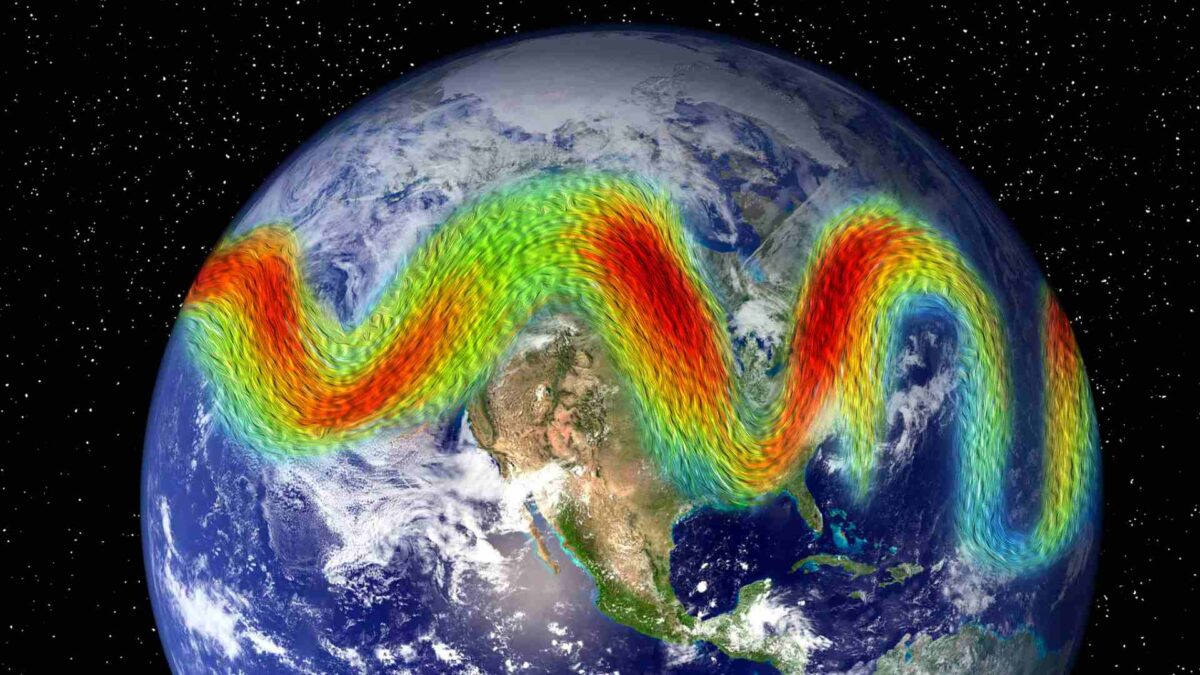
A recent study challenges the idea that climate change is behind the recent unusual patterns in the polar jet stream — a powerful current of Arctic air that influences weather across much of the Northern Hemisphere, including Ireland.
Since the 1990s, large waves in the jet stream have caused extreme cold spells and severe winter storms. Many scientists have believed that global warming is causing these wild swings, allowing bitter Arctic air to plunge further south than usual.
However, researchers from Dartmouth College, publishing in AGU Advances, suggest this jet stream volatility might be part of natural cycles that have occurred sporadically over the past 125 years — long before climate change became a major factor.
Using machine learning to analyse climate data dating back to 1901, the team found that the jet stream’s “waviness” has varied over decades, with periods in the past even more volatile than today. This calls into question the direct role of climate change in making the jet stream more erratic.
While climate change is known to amplify extreme weather, the study suggests it does so through other mechanisms — such as increased moisture in a warmer atmosphere leading to heavier storms — rather than by altering jet stream patterns.
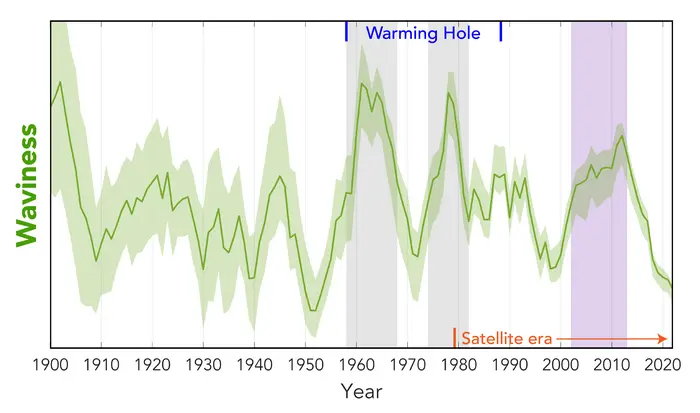
The polar jet stream plays a key role in Irish weather too, steering Atlantic systems that bring rain, wind, and temperature changes. Understanding its natural variability is vital for accurate weather forecasting and climate modelling.
The study also highlighted a “warming hole” in the southeastern US during the 1960s–1980s — a period of unusually cold winters linked to particularly wavy jet stream behaviour.
Lead researcher Jacob Chalif notes this shows the complexity of weather systems and the many factors influencing climate patterns beyond global warming alone.
The polar jet stream in the Northern Hemisphere is a swift ribbon of westerly winds flowing through the lower atmosphere. It forms where cold Arctic air meets warm tropical air. As the heavier cold air sinks and pushes the warmer air northward, it creates deep dips and sharp rises, giving the jet stream its distinctive wavy pattern—like a wild roller coaster moving across the sky.
Share this WeathÉire story: